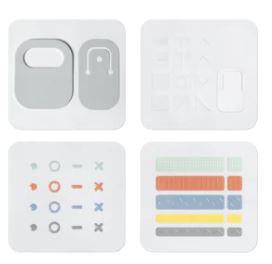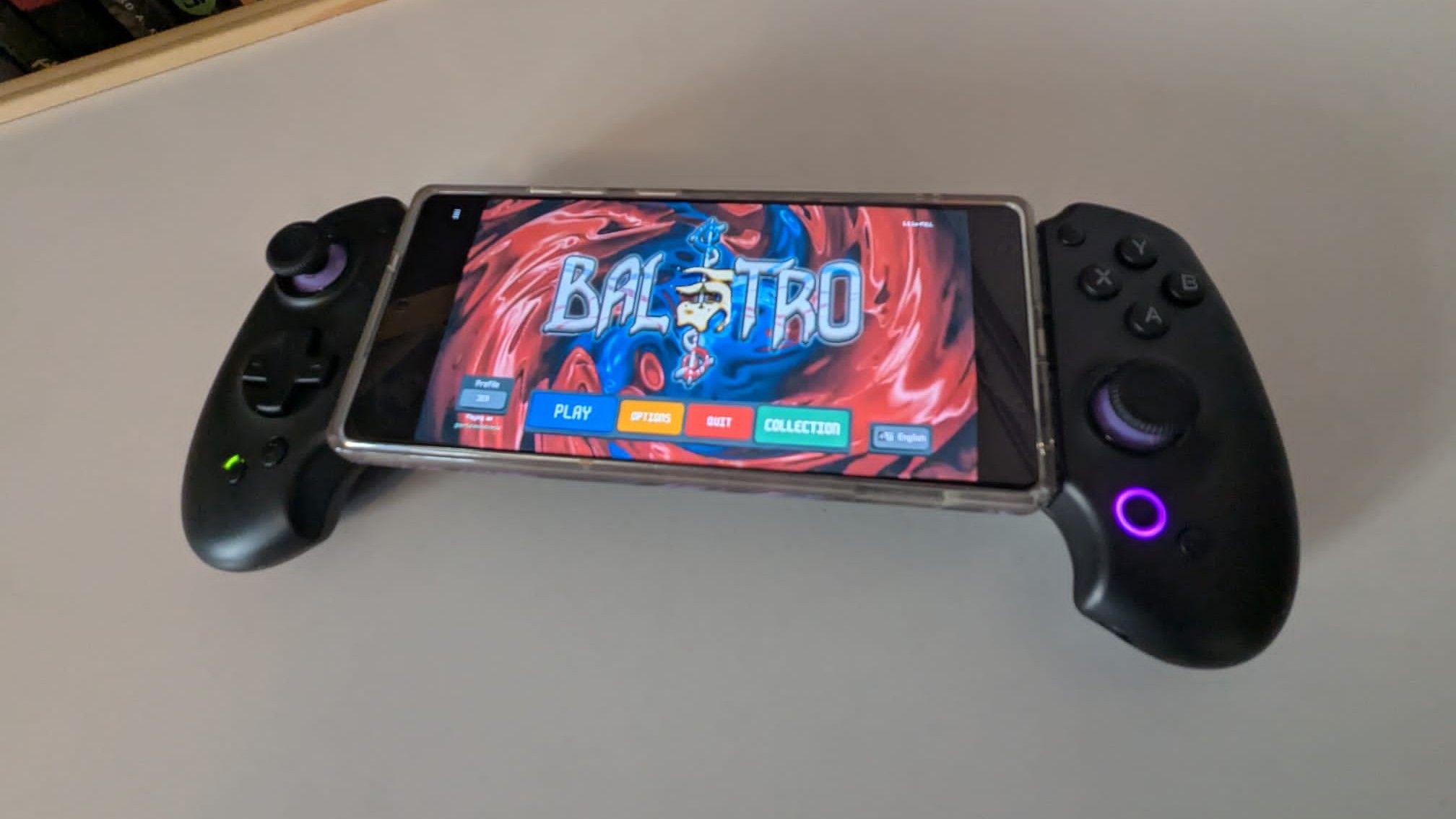The Surface Adaptive Kit reminds us of the importance of accessibility in tech
Microsoft has put accessibility front and center, and other companies need to follow suit.
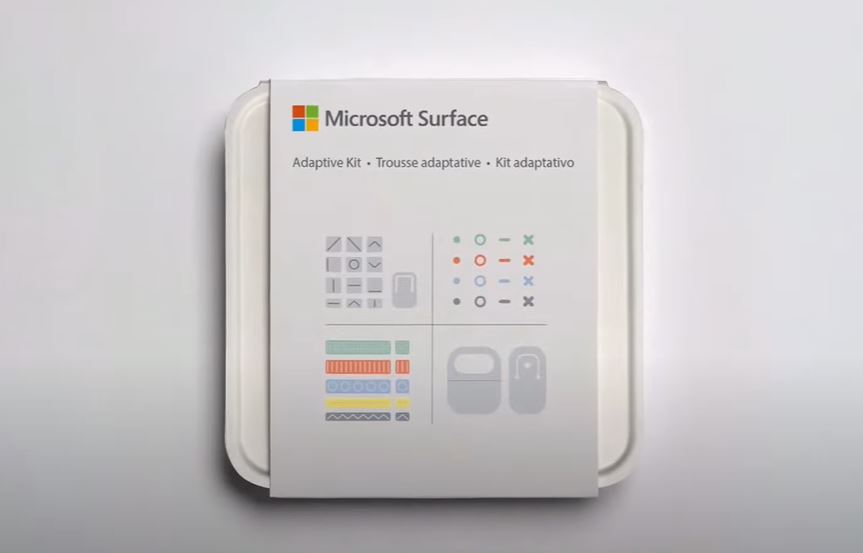
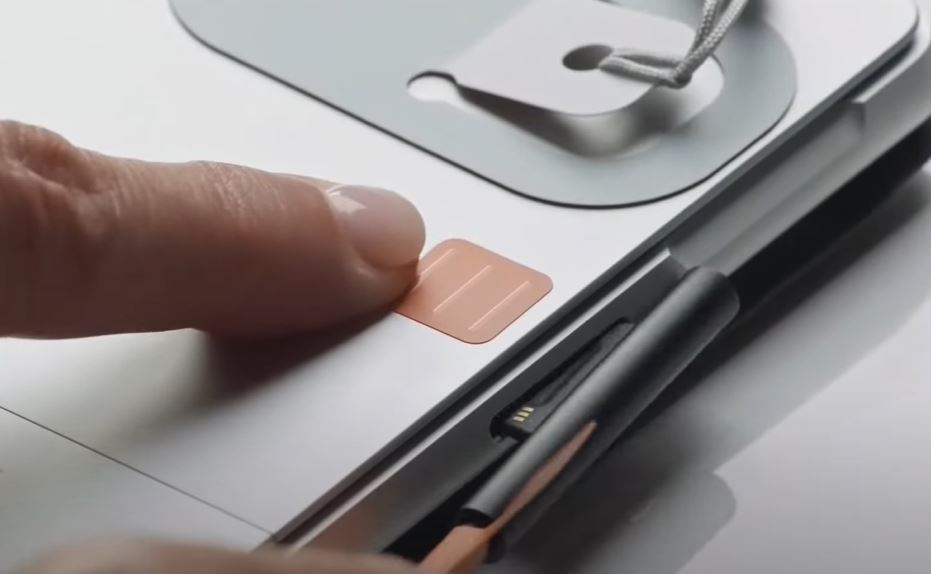
At the 2021 Surface Event, Microsoft debuted a range of hardware products showcasing the best of Microsoft's engineering prowess. Right in the middle, though, Microsoft also demonstrated its social conscience.
The Surface Adaptive Kit is a simple, but powerful set of tools that can add much-needed usability features to any laptop, not just Surface devices. It reminds us that the rush for minimalistic designs and stylish features often fly in the face of accessibility, designed for able-bodied users first and foremost. Much like the Xbox Adaptive Controller, the Surface Adaptive Kit is another step in a long journey Microsoft has kickstarted to start to chip away at inaccessible tech and software, changing perceptions and pressuring competitors to follow suit.
Surface Adaptive Kit: What is it?
The Surface Adaptive Kit is a suite of relatively simple tools and features that can be attached to products with adhesive to enhance usability and accessibility.
The Surface Adaptive Kit is designed right from the unboxing experience with access in mind, much like the Xbox Adaptive Controller. Inside the box, you'll find raised bump labels which can be applied anywhere on the device. For those with sight impairments, raised labels help you find your way to ports and buttons more easily, especially if they've been recessed into the design of the device as is often the case as companies go increasingly "minimalistic" with their designs.
Similarly to the bump labels, we also have keycap labels, which can help users orient their fingers for typing, or finding keys that are oft-less travelled. These come with designs like arrows and circles, which are more pronounced than key designs often are.
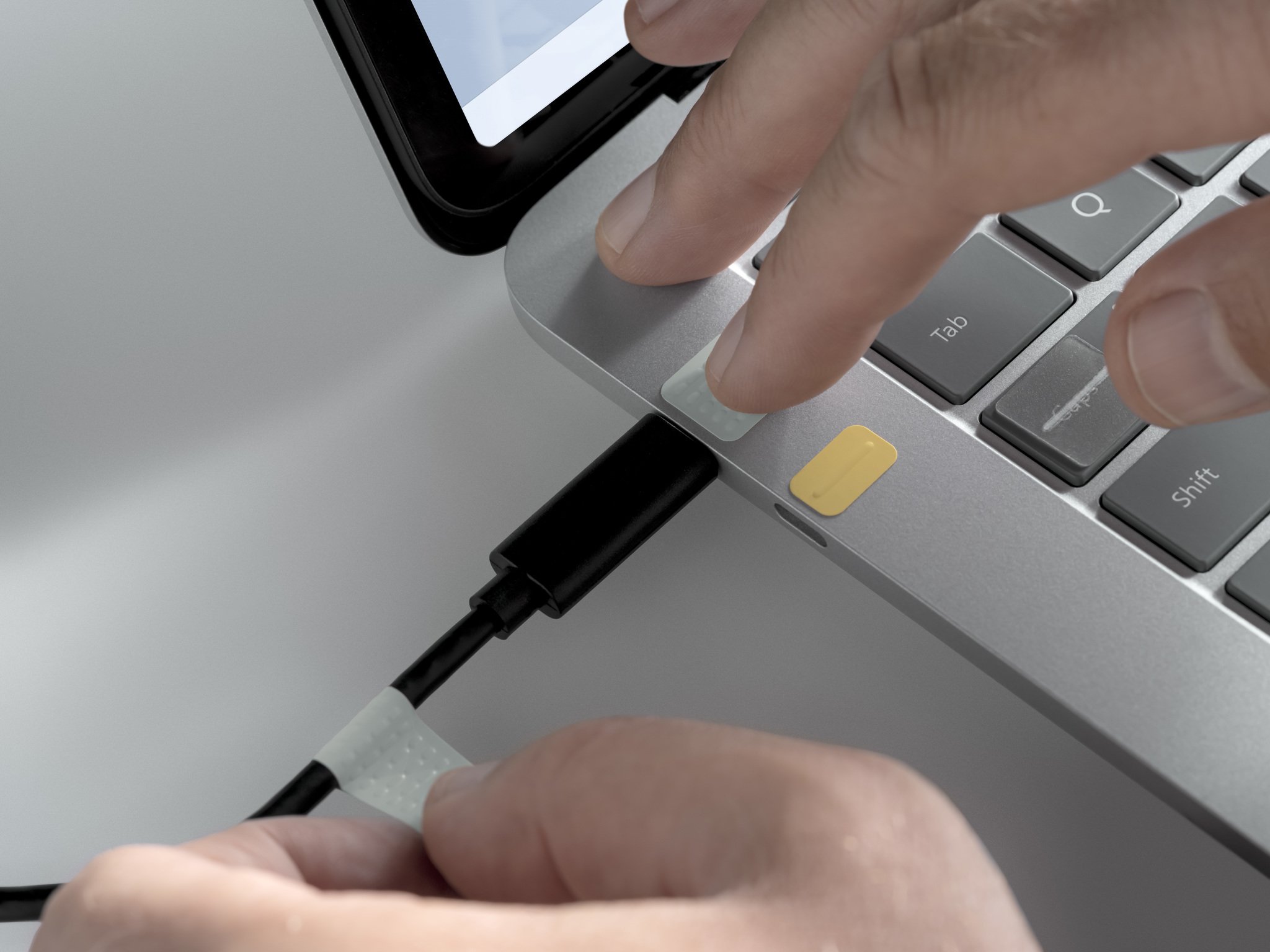
Additionally, Microsoft also added a wide array of port labels, designed to help users match up cables to specific ports. There's a shorter strip that can be added to a port, and a longer strip that can be tied around a cable to help you find and match devices up to their correct ports without having to potentially put your fingers over the ports themselves.
Finally, Microsoft also added an adhesive opening solution, which you can combine with a lanyard to any device to help with things like opening kickstand hinges, or opening laptop covers.
Get the Windows Central Newsletter
All the latest news, reviews, and guides for Windows and Xbox diehards.
Accessibility for everybody
Much scrutiny has been poured over big tech in recent years, whose bottomless wealth and share price valuations are making us question the limits and fairness of our economic systems. Microsoft is at least one of the few that is investing heavily into giving back to communities, whether it's on climatological projects, general charity work, or accessibility tech.
IT pro and game streamer Cerebral Paul praised Microsoft's engagement with the disabled community, emphasizing the benefits of accessible tech. "The connection identifiers alone are worth the price of entry. MS continues to use the easy open accessible packaging, which is awesome. The tabs for opening the lid should be on every laptop," Paul emphasized, "I will say, as I have all along, MS is leading the way in accessibility. They reach out to the disabled community, myself included, to ask us what we need to make computing and gaming more accessible. They then act on that info."
Accessibility consultant SightlessKombat, who reminds us that accessibility features can help everybody, regardless of their ability. "I feel that this could be useful for individuals, regardless of their level of vision, who have issues finding certain keys, or remembering what cables go where for instance. It's just another element of accessibility that isn't always considered, but has been here, which is good to see. After all, design for one, solve for many I believe is the phrase."
Xbox MVP creator and accessibility advocate Steve Saylor also echoed SightlessKombat's sentiments. "On the surface (pun intended) the Surface Adaptive Kit seems like a simple sticker pack with subtle bumps and shapes. Once those stickers are applied to devices a user can by touch know what the function of that button or sticker is for. But, my favorite part of the Surface Adaptive Kit are the stickers you can adhere to the side of ports, and on the cables those ports connect to. This sounds great for those like me who are blind and low vision."
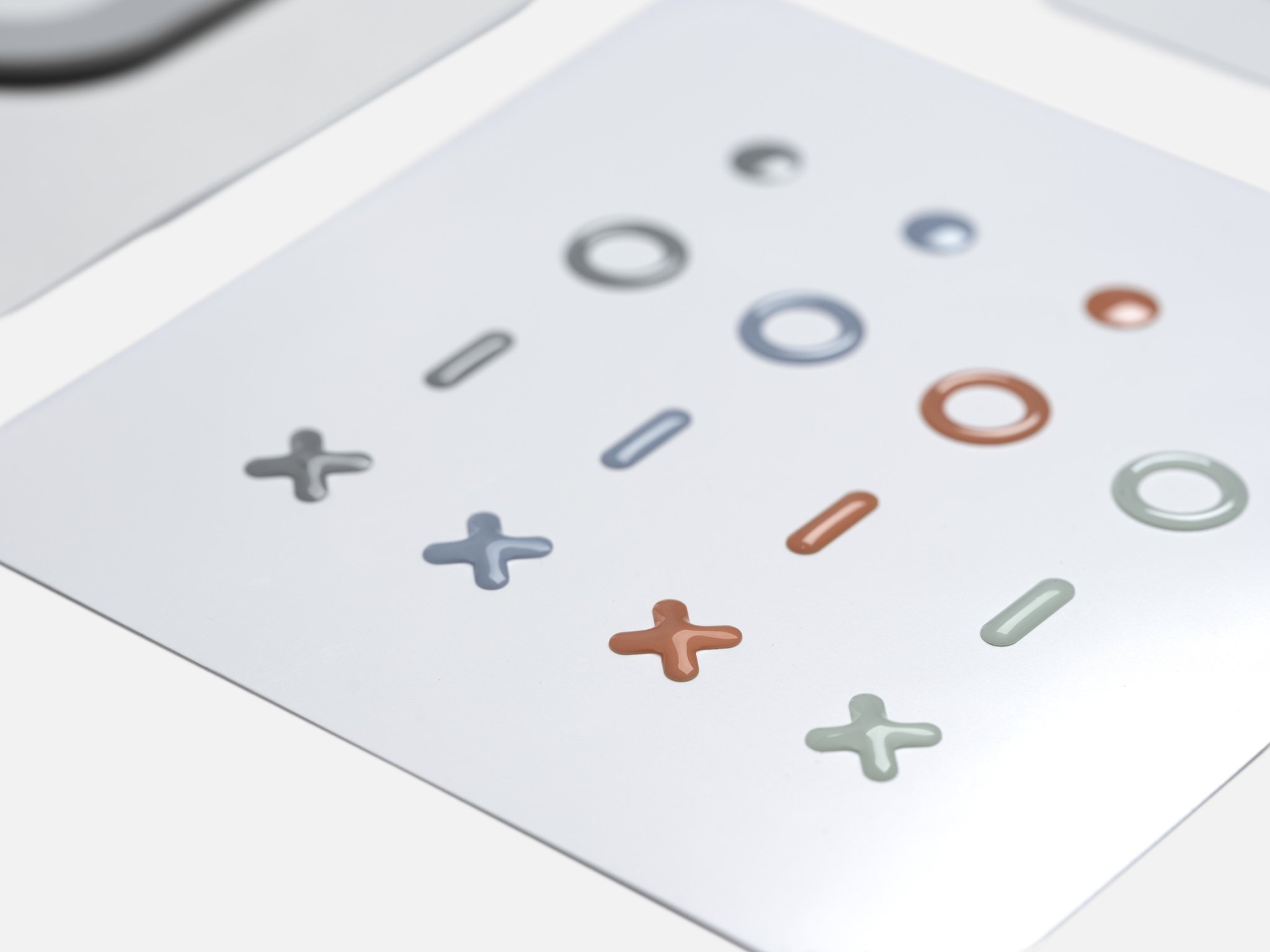
"We're all going to be disabled someday, just some of us beat you to it. When we design products like this, we're designing for all of our future selves."
Steve continued, "But what Microsoft does is they create for one, but extend for many. Think about how many times you've had to fumble to figure out which cable goes to which port. The Adaptive Kit was designed with disabled users in mind, but this helps everyone."
Microsoft's Kris Hunter, Principle Director, Devices UX Research and Accessibility, emphasized Microsoft's dedication to inclusive design: "As we build products, there is a belief that drives us. When we don't intentionally include, we unintentionally exclude."
She remarked upon the ingenuity of home-brew methods, including glue dots, and kickstands with holes drilled in them to thread lanyards. While innovative, these solutions compromise devices, and warranties.
Dave Dame, Director of Accessibility at Microsoft, reminds us that one day, we'll all need accessibility features. While many of us enjoy the privilege of an able-body in our youth and adulthood, aging is an inevitability. "We're all going to be disabled someday, just some of us beat you to it. When we design products like this, we're designing for all of our future selves."
More work to be done
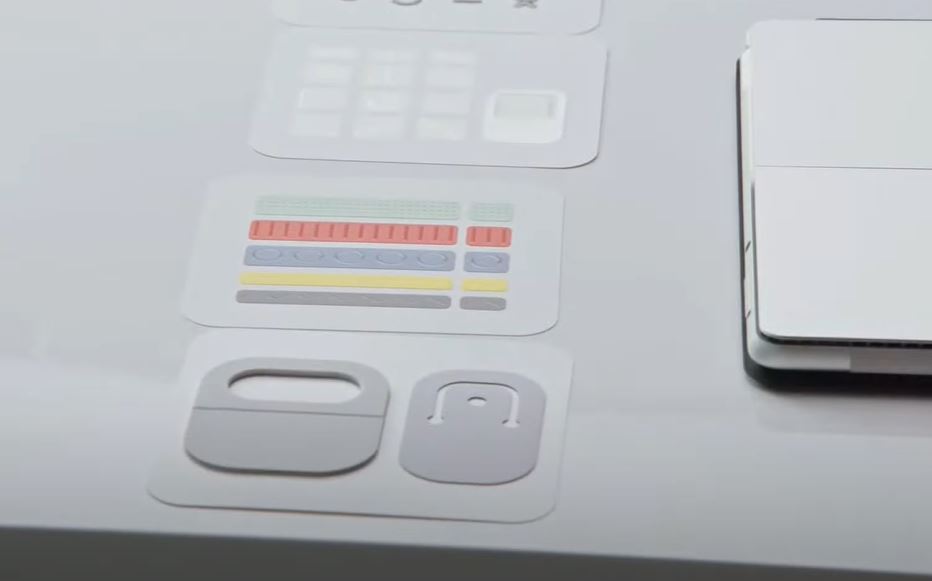
Dave Dame raises a good point. Even if big tech companies lack the moral fortitude to see the social value in inclusive design, the fact that practically all millennials and below grew up with computing and smart devices as a cornerstone of their lifestyle is going to make inclusive design a profitable venture to undertake as we age. None of us are getting any younger, but I don't see millennials and Gen Z wanting to give up their technology habits even into old age. In this, Microsoft is ahead of the curve.
Microsoft is actively putting its mission statement "empower others to achieve more" into direct action.
Questions of profitability wouldn't even be part of the conversation in a just world. Thankfully, Microsoft has shown itself to be a moral leader in a corporate universe that is characteristically rudderless on social issues beyond basic marketing platitudes. Microsoft is actively putting its mission statement "empower others to achieve more" into direct action.
The Surface Adaptive Kit might seem like a simple product to those who don't need it, but it sends a powerful message. It can adapt every Surface device Microsoft announced in different ways, and showcases how relatively simple things can make a big difference to those who need it. Microsoft's championing of accessible tech and social responsibility in general puts pressure on its competitors to follow suit, and regardless of the mechanism for that action, hopefully, it will gradually lead to a world where nobody is othered.

Jez Corden is the Executive Editor at Windows Central, focusing primarily on all things Xbox and gaming. Jez is known for breaking exclusive news and analysis as relates to the Microsoft ecosystem while being powered by tea. Follow on Twitter (X) and Threads, and listen to his XB2 Podcast, all about, you guessed it, Xbox!
